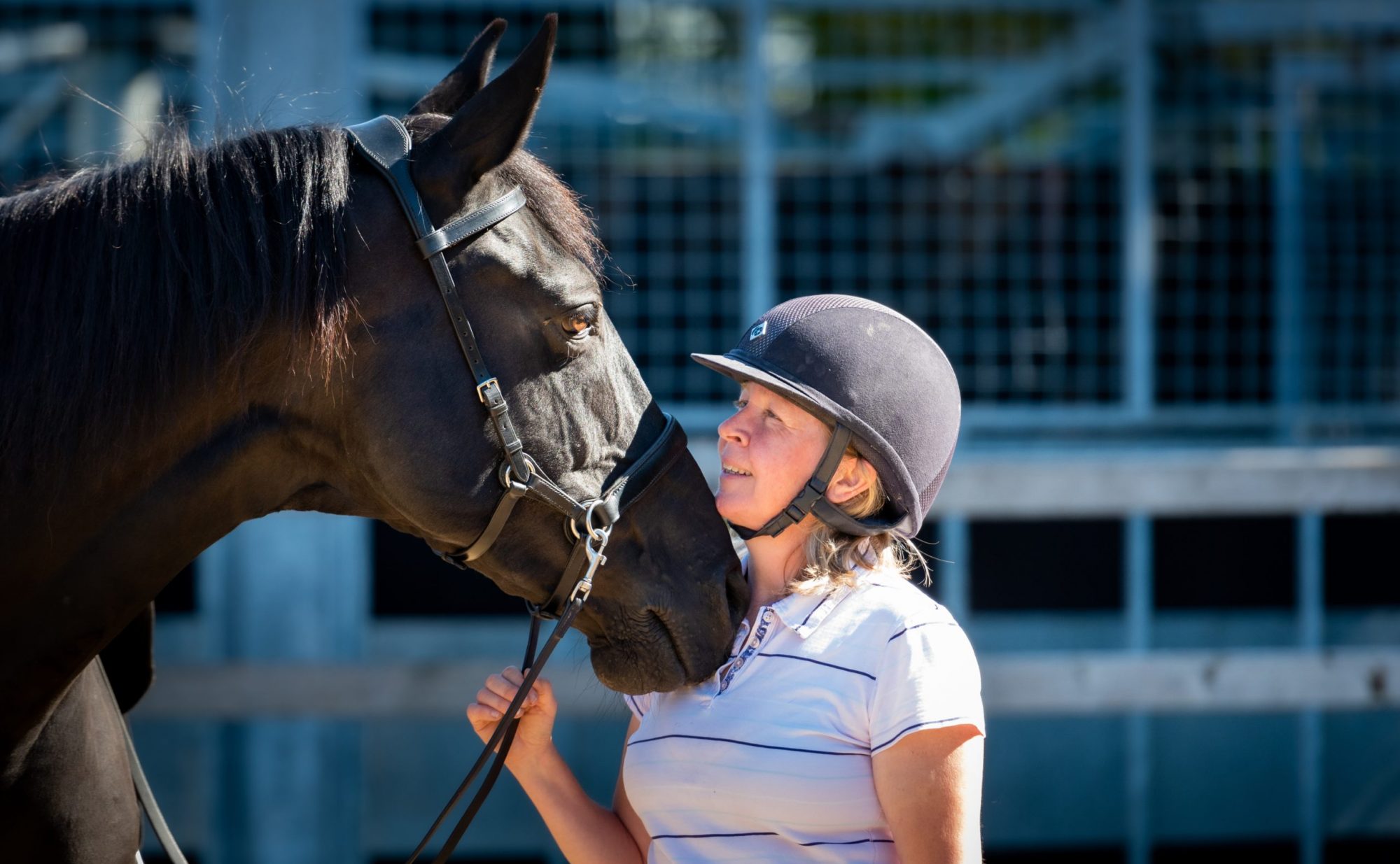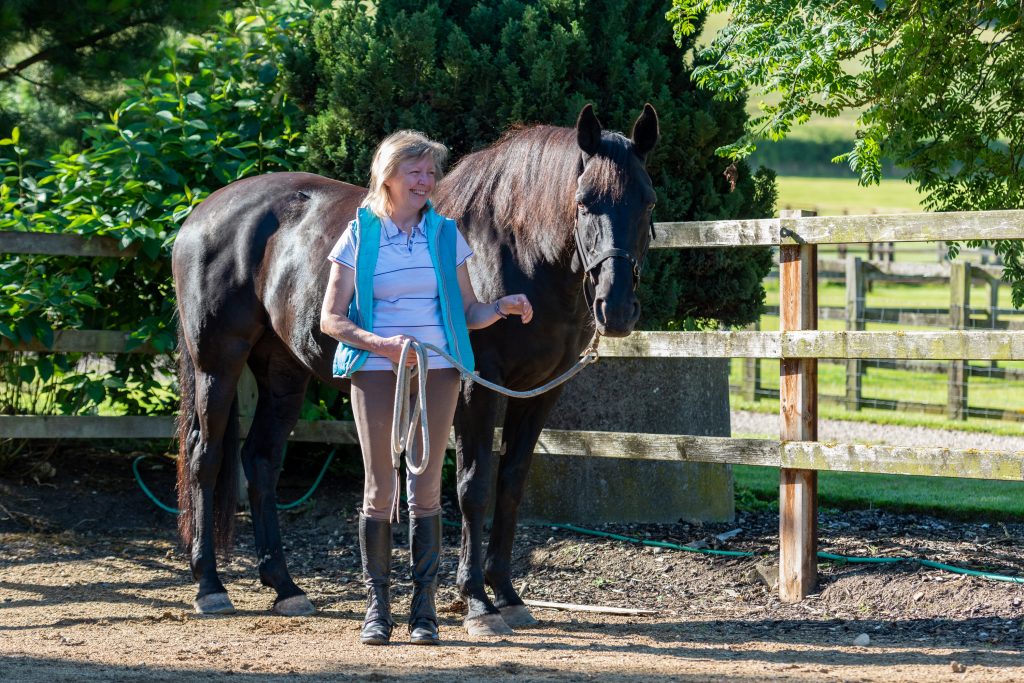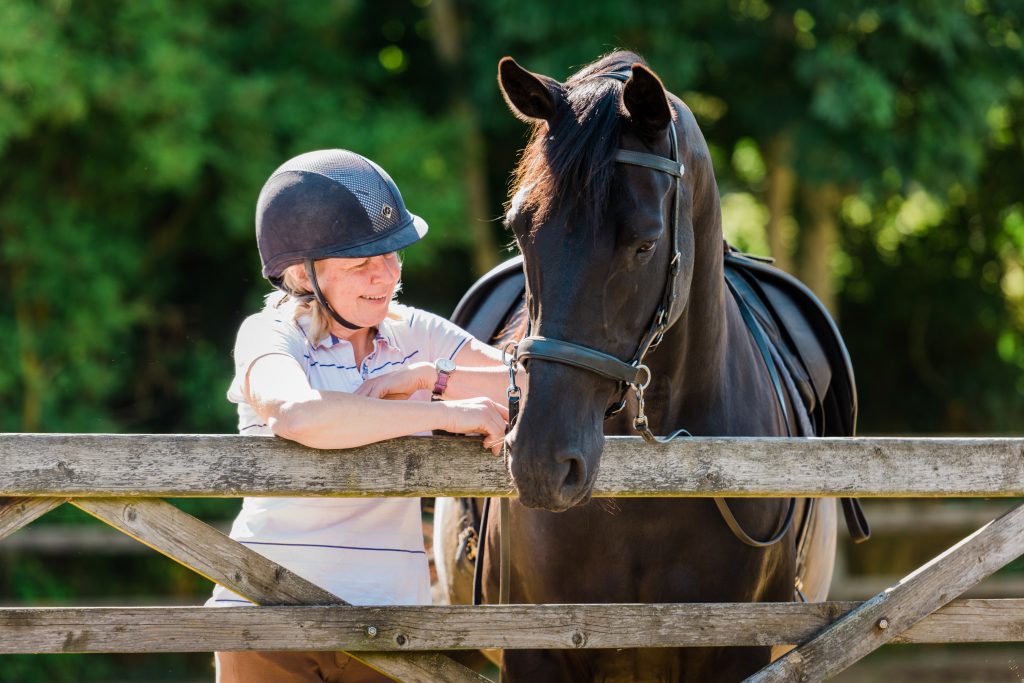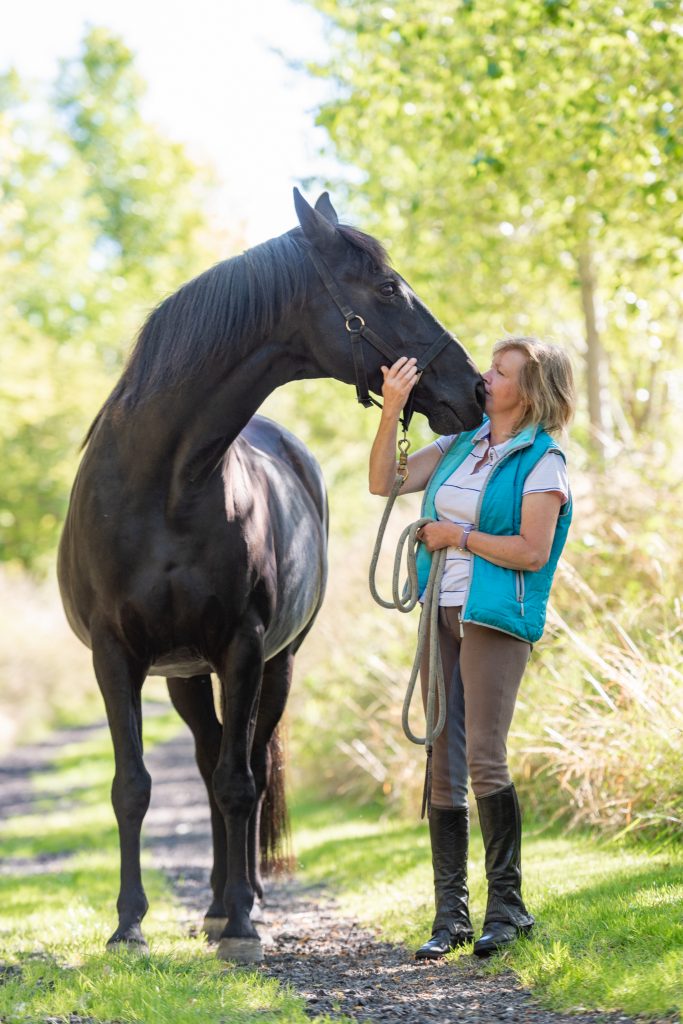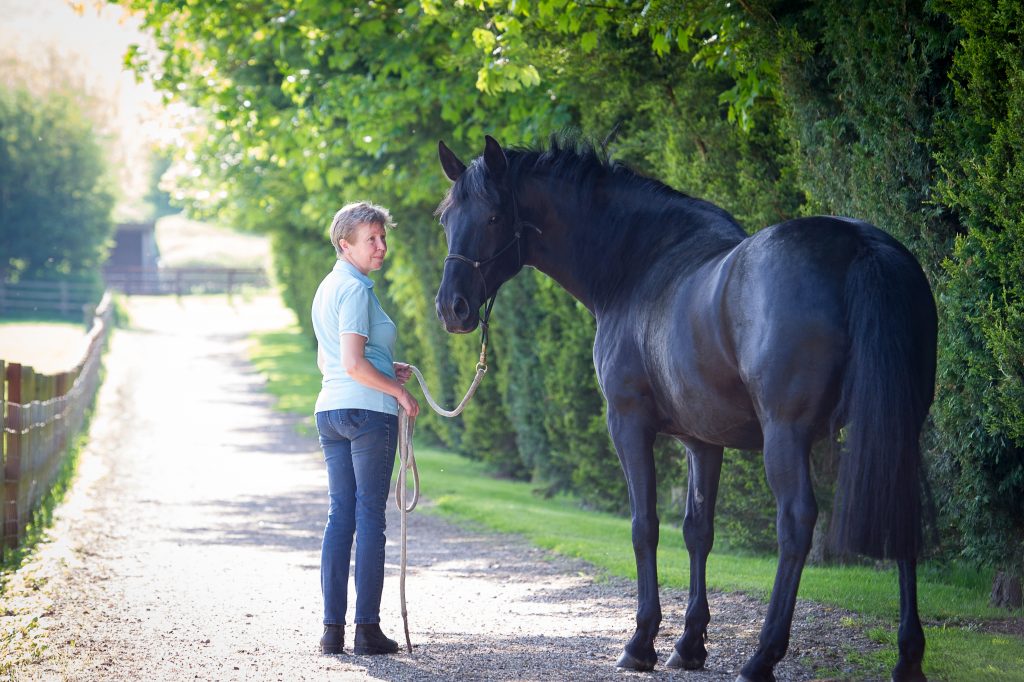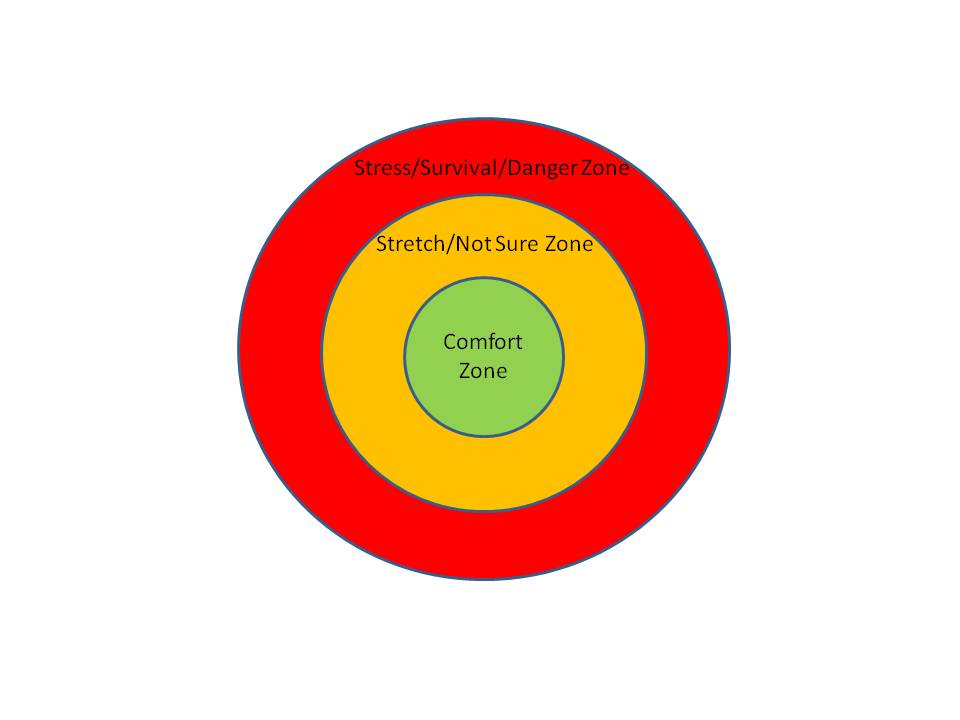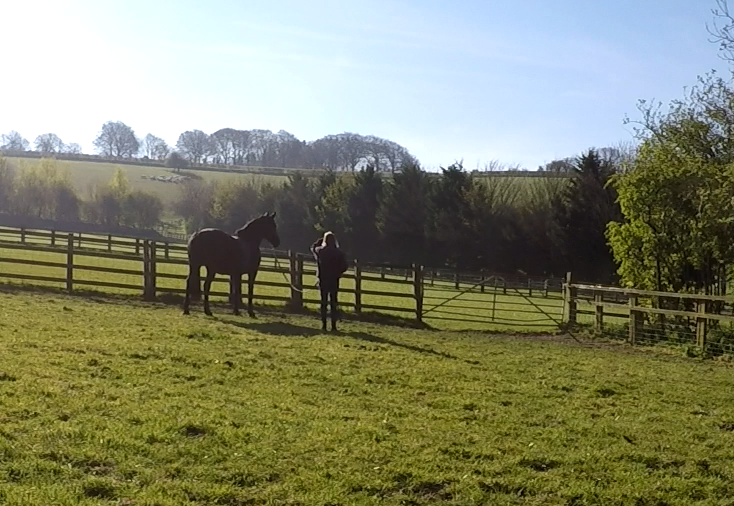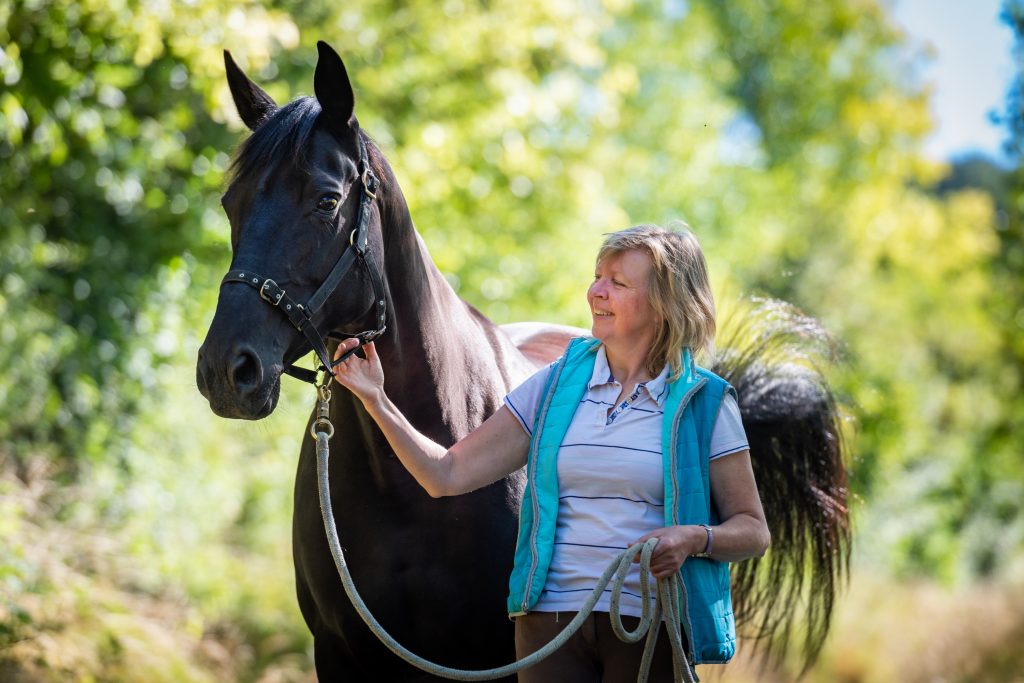
The problems we experience with our animals, whether while handling or riding or with general behaviour, all result from tension or pain, whether that is physical or emotional.
This can come from association with past experiences or it can start building up from the moment we meet then on any given day.
Tension can start building way before the problem occurs – if you can notice the first signs of discomfort and help to disperse them before moving on to the next thing, it doesn’t need to accumulate in this way.
For example – how does your horse respond when they first see you, when you halter them, when you walk together, when you tack up, when you get on?
If tension is building up through any of these activities by the time you are asking them for something significant you have a very tense horse, and then it’s very likely that things won’t go too well!
It really makes a difference to take a little more time to observe how your animals respond to you in every interaction, and how you respond or react in return – where are your problems coming from?
